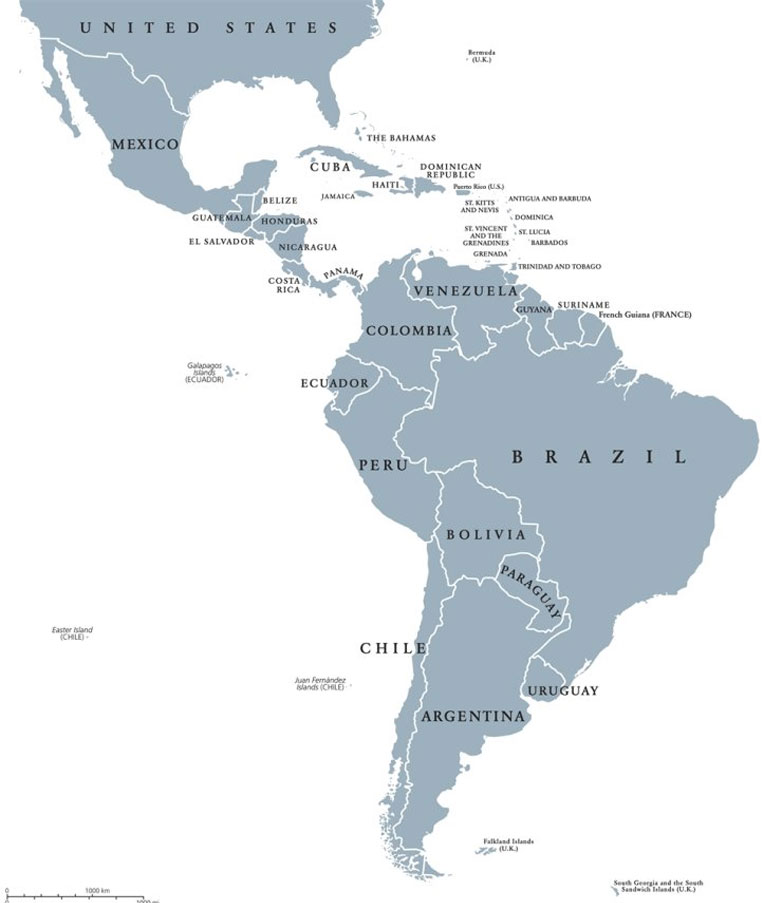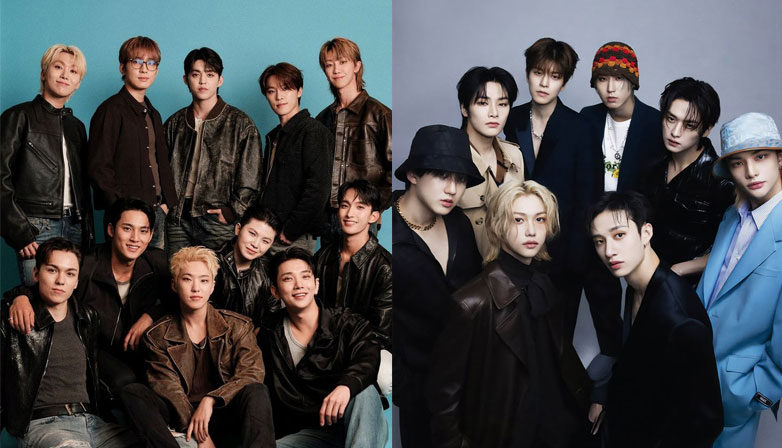Remember the time when people in Latin America used to consider K-pop as some kind of alien and strange music? Well, those days are now over. K-pop is no longer that distant sound from halfway across the world. The region once overlooked by major entertainment strategists is now front and center in Korea’s global cultural expansion. Today, K-pop in Latin America (LATAM) shines brighter than ever. From HYBE Cinefest in LATAM and the very forefront of this cultural phenomenon are SEVENTEEN and Stray Kids.
Join us in better understanding the journey of K-pop in Latin America (LATAM), along with how SEVENTEEN and Stray Kids are currently spearheading this movement.
K-pop Dominates Latin America with SEVENTEEN and Stray Kids at Spearheads
The days of K-pop being a genre understood only by niche fan circles in Latin America are long gone. What was once seen as a cultural import with limited local appeal is now a powerful presence that commands some of the region’s biggest stages.
Just look at Tecate Pa’l Norte 2025. It is the largest outdoor music festival in Mexico, and often described as the Coachella of Latin America. This festival went viral when SEVENTEEN became the first K-pop group to headline the event, ever!
Performing on the main Tecate Light stage in Monterrey, SEVENTEEN delivered over 13 songs in a tightly packed set, pulling thousands of Latin American fans into their world of synchronized performance, multilingual charm, and polished sound.

Meanwhile, Stray Kids kicked off their “dominATE” world tour in Rio de Janeiro at the iconic Estádio Nilton Santos. This 4th generation leader and representative has successfully drawn an estimated 55,000 fans—a number once unthinkable for K-pop in the region. And this wasn’t an isolated success either. The group’s follow-up performances in São Paulo at Morumbi Stadium, with a capacity nearing 60,000 per night, point to something far bigger than a passing trend.

It’s proof that K-pop in LATAM has not only arrived—it is now thriving, instead.
How Latin America Used to Be Ignored and Forgotten
For a long time, Latin America sat outside the spotlight of K-pop’s global strategy. While fans in cities like Lima, Bogotá, and Santiago passionately followed every release and livestream, the industry itself hesitated.
Why?
Well, first of all, distance and cost were major factors. Geographically, Latin America is one of the farthest regions from South Korea. Touring across the continent meant long flights, complex logistics, and high production expenses.

Add to that then came the language gap, the unpredictability of media coverage, and the lack of local infrastructure for K-pop events. Really, at the time, it’s easy to understand why many labels saw Latin America as quite a high-risk investment. It was often labeled a “blind spot” in global strategies—a region full of love for K-pop, but with few realistic opportunities for real-life engagement.
That is why despite fandoms organizing their own events and trending hashtags across social media, official support was really minimal.
But fans never stopped. And over time, their voices grew too loud to ignore.
The Rise of K-pop in LATAM: The Massive Role of SEVENTEEN and Stray Kids
Most of the times, change doesn’t just happen overnight—but when it does, it’s usually led by the brave.
And for the breakthrough of K-pop in Latin America, it was SEVENTEEN and Stray Kids who made such massive movements. They brought K-pop to rise in dominance in LATAM, turning the genre into something explosive everyone can no longer ignore.
SEVENTEEN headlining Tecate Pa’l Norte 2025 was a defining moment for Korean pop culture’s legitimacy in Latin music circles. Performing alongside international heavyweights like Olivia Rodrigo, Green Day, Benson Boone, and Charli XCX, SEVENTEEN stood as equals, if not main attractions. Their dazzling performance was concrete evidence that K-pop acts could thrive not only at K-pop-specific festivals but also at mainstream, multi-genre global events, even in a region as far as Latin America.
At the same time, Stray Kids’ dominance of Brazilian stadiums underscored their massive appeal among Latin America’s younger audiences. Fans showed up in waves, not just for the music but for what the group represents: creative freedom, multilingual inclusion, and the energy of youth culture going global. Stray Kids also adapted their setlists for the Latin American audience, proving a level of cultural sensitivity that resonated deeply with local fans.
With SEVENTEEN and Stray Kids combined, they become the very definition of what international success looks like in the K-pop industry, especially in the Latin America (LATAM) region.
The Promising Future of K-pop in Latin America (LATAM)
And so, what SEVENTEEN and Stray Kids have started for K-pop in Latin America is just the beginning.
More agencies are watching. More artists are plotting routes. And HYBE, the label behind BTS and SEVENTEEN, recently expanded into Latin America by launching Docemil Music, a local label that already signed regional talent. This is a clear sign that K-pop isn’t just looking to perform in Latin America. Soon enough, K-pop will become part of the region’s creative ecosystem, conquering the music industry even when Latin America seems so far away from its origin region.
Finally, we all know how Latin America has always been fertile ground for music with passion, rhythm, and emotional depth. And these qualities all align perfectly with the K-pop formula. Now, as logistical barriers fall and demand rises, this relationship is entering a new era.
SEVENTEEN and Stray Kids may have kicked open the door, but they’ve left it wide open for others to follow. And with fanbases growing exponentially, venues getting bigger, and K-pop’s presence in local media becoming more normalized, suffice to say that the rise of K-pop in LATAM will not merely become a passing trend. Instead, it’s turning into a permanent expansion, another chapter in its journey of world domination.

In the end, K-pop in Latin America is no longer a distant dream. It’s a powerful reality—and it’s only getting louder. Don’t you think so too? Please share your thoughts in the comments.
Join us on Kpoppost’s Instagram, Threads, Facebook, X, Telegram channel, WhatsApp Channel and Discord server for discussions. And follow Kpoppost’s Google News for more Korean entertainment news and updates.










